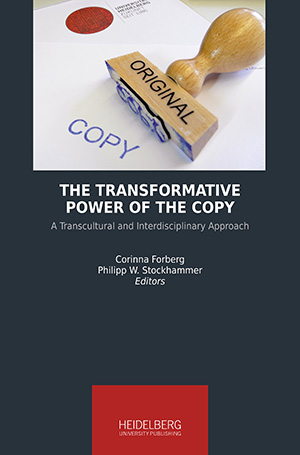Zitationsvorschlag
Lizenz (Kapitel)

Dieses Werk steht unter der Lizenz Creative Commons Namensnennung - Weitergabe unter gleichen Bedingungen 4.0 International.
Identifier (Buch)
Veröffentlicht
Limiting the Power of the Copy
Abstract The extensive debates in twentieth century media theory are hardly something which lends itself to succinct summary. One striking fact, however, is that “reproducibility” is a recurring theme. The ease with which content can be reproduced is seen as a distinguishing feature of technical media (since the emergence of photography and film, and in particular of new, i.e. digital, media). What is more, such content is designed to be reproducible; it seems as though the very difference between original and copy is becoming obsolete. This observation has been described by various theorists with varying emphasis as a specific feature or objective of media development. Part I of this text will briefly present a few relevant positions. The mere existence, however, of terms such as “piracy” or “pirated copy,” and of campaigns against “copyright pirates,” shows that reproducibility is not a phenomenon that is welcomed unreservedly. Reproducibility clashes with the economic imperative of scarcity, and therefore with legal regulations. Thus judicial, technical, and didactic procedures work together to prevent unauthorized reproduction, a process that is outlined in Part II. Part III offers a short conclusion.
Keywords Counterfeiting, commodity, holography, piracy, reproducibility






